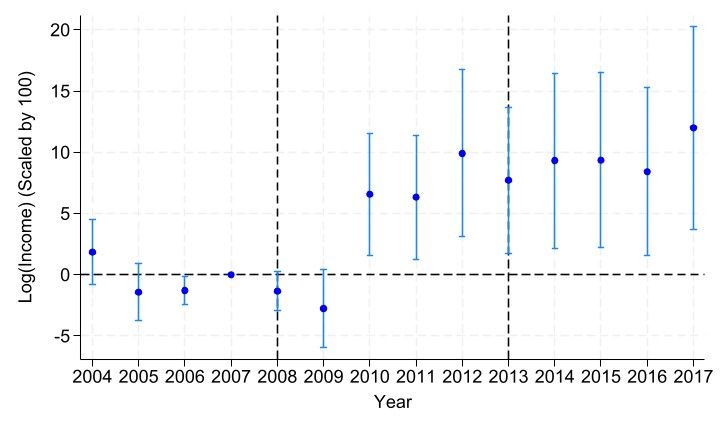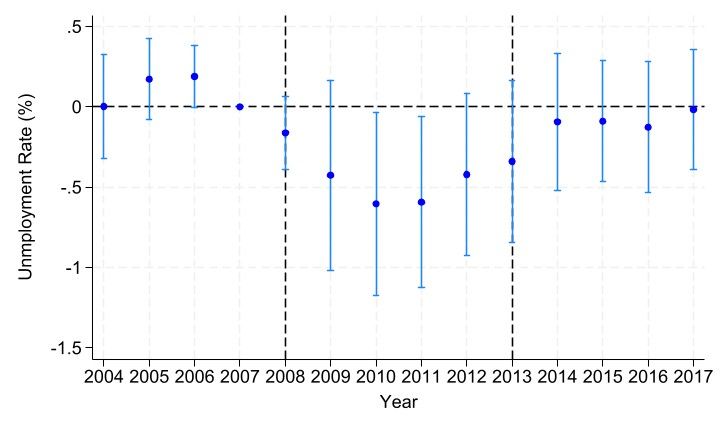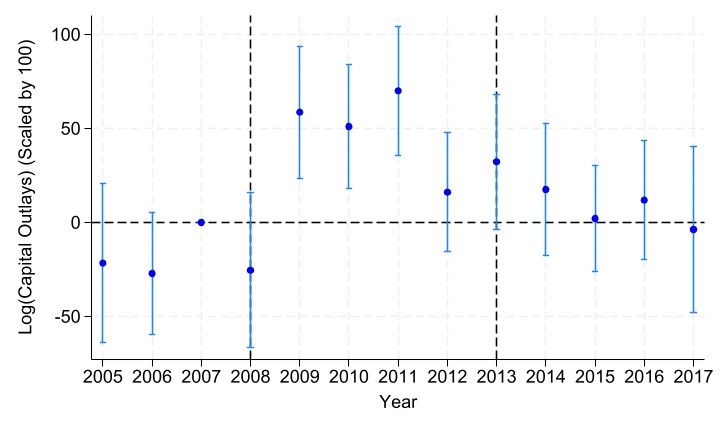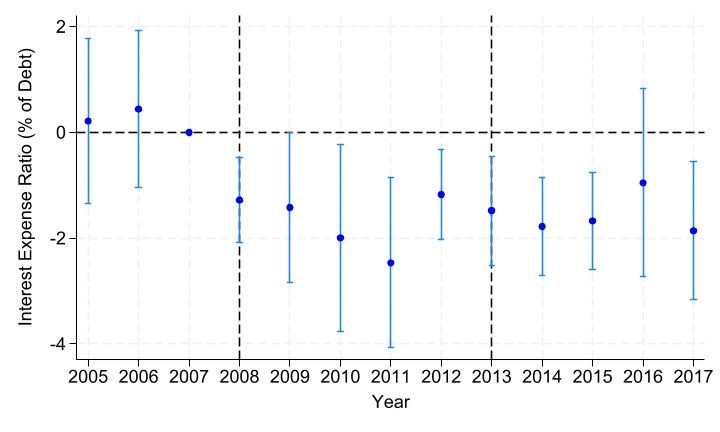The full paper is on SSRN: papers.ssrn.com/sol3/papers....
The full paper is on SSRN: papers.ssrn.com/sol3/papers....




1. High callability ratios lead to more bond issuance! (5/N)

1. High callability ratios lead to more bond issuance! (5/N)

